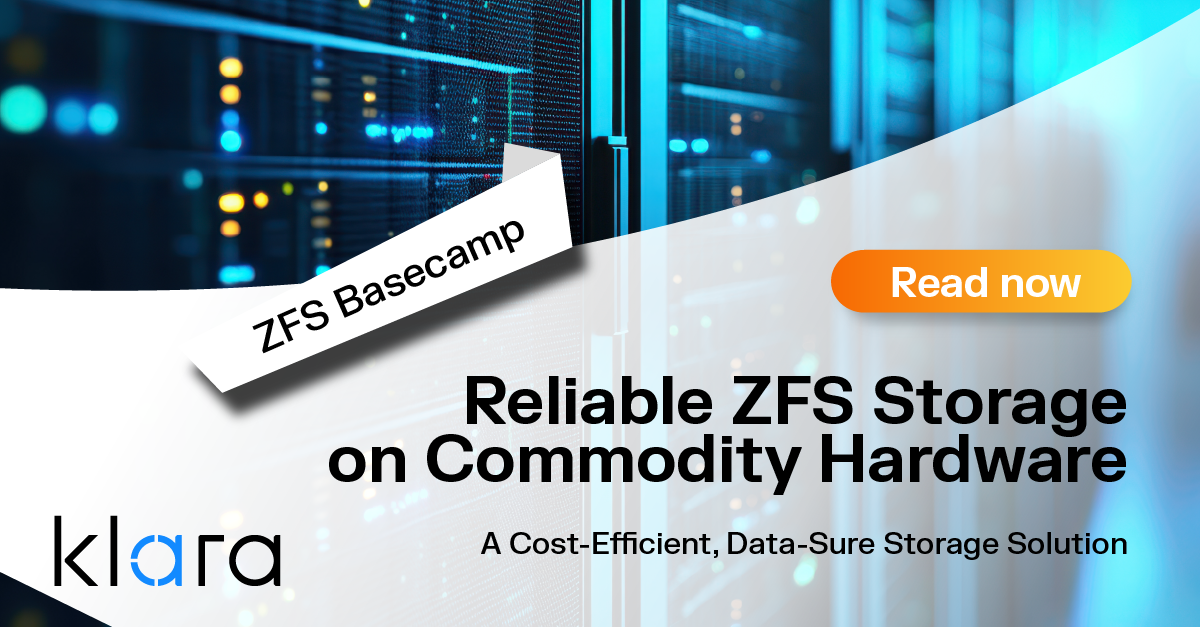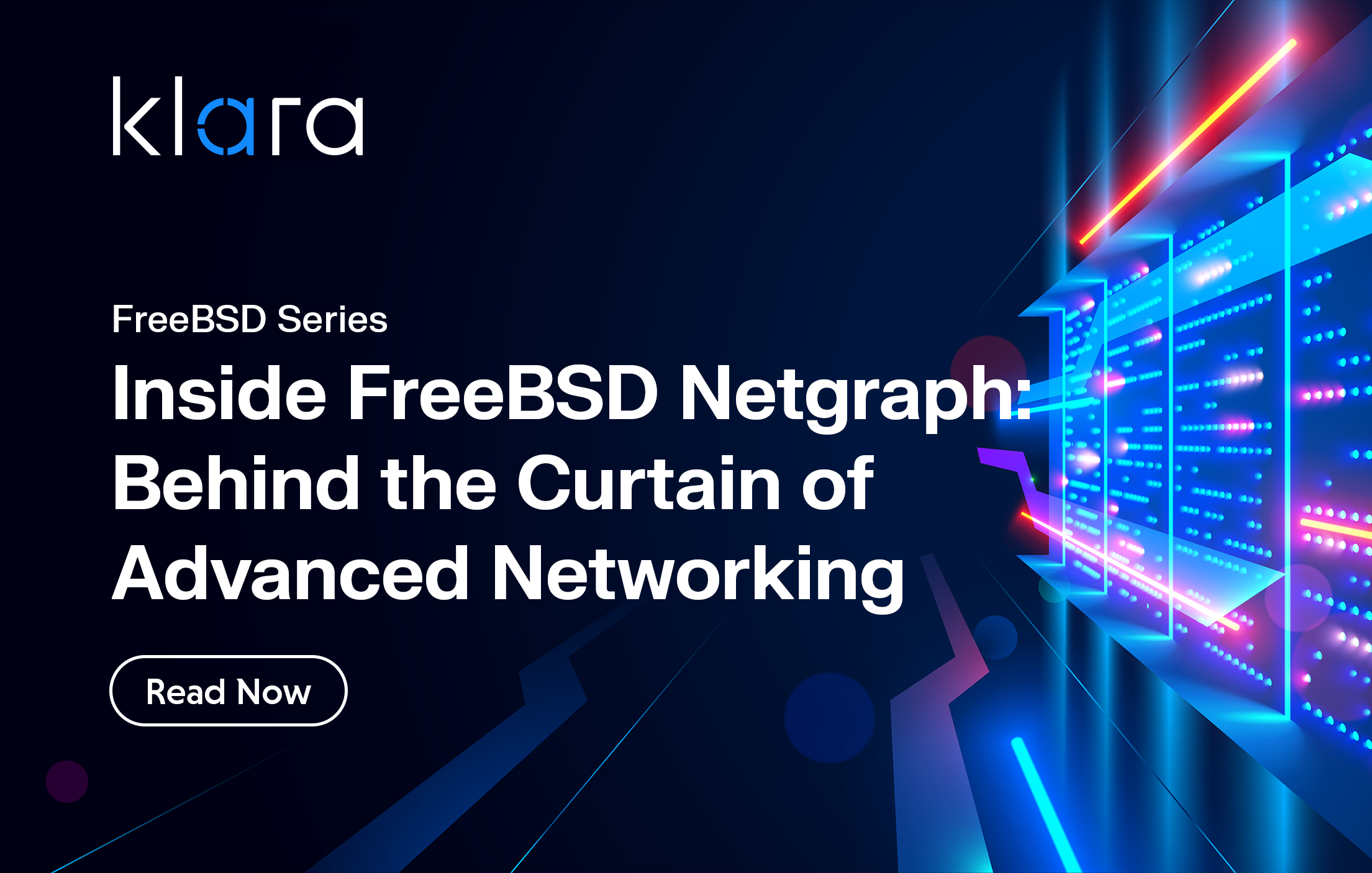Additional Articles
Here are more interesting articles on FreeBSD, ZFS that you may find useful:
- Disaster Recovery with ZFS: A Practical Guide
- ZFS Performance Tuning – Optimizing for your Workload
- Reliable ZFS Storage on Commodity Hardware – A Cost-Efficient, Data-Sure Storage Solution
- What We’ve Learned Supporting FreeBSD in Production (So You Don’t Have To)
- Maintaining FreeBSD in a Commercial Product – Why Upstream Contributions Matter
As most of us are ready to wrap up for the year, we're compiling a comprehensive and enjoyable list of content to keep you company over the Christmas and New Year's break.
Our Best OpenZFS Articles from 2022
1.) Choosing The Right ZFS Pool Layout
Setting up a ZFS pool involves a number of permanent decisions that will affect the performance, cost, and reliability of your data storage systems, so you really want to understand all the options at your disposal for making the right choices from the beginning. It all depends on the kind of data you will be dealing with and its intended use. Once this is well defined, it’s just a matter of matching the right hardware with the right ZFS options. The basic decision you need to make is how to group your disks for providing the desired performance, reliability, and cost effectiveness. In ZFS, disks are typically grouped in “virtual devices” (vdevs) and these are combined together in a pool, so there is a high degree of flexibility to setup everything as you need.
2.) Introduction to ZFS Replication
In this article, we’ll demonstrate how to replicate snapshots to another system. This feature of OpenZFS really ups the data management game, providing a mechanism for handling a hardware failure with minimal data loss and downtime. Replication is also a convenient way to quickly spin up a copy of an existing system to another, say when you purchase a new laptop, or to deploy a whole lab of similar systems. It could also be used to mirror the contents of your home directory on two different systems. The replication design used by OpenZFS is pretty ingenious. Unlike cloning software, replication does not do a byte-for-byte copy. Instead, zfs send converts snapshots into a serialized stream of data and zfs receive transforms the streams back into files and directories. Received snapshots are treated as a live file system, meaning that the data in the snapshot can be directly accessed on the receiving system.
3.) NFS Shares With ZFS
When it comes to researching NAS hardware, one can quickly succumb to information overload. There is a dizzying array of technologies, vendor datasheets touting performance and reliability stats, and DIY hardware lists typically aimed at the home user or SOHO rather than the enterprise.How do you balance your budget and hardware choices, knowing that storage technologies are rapidly evolving? While SAS has been the stable powerhouse for over a decade, NVMe will definitely start to dominate as its features become on par with SAS (with much higher performance) and costs continue to come down. Just deciding which device interface to use impacts the price of drives, backplanes, HBAs, cabling, etc.
Our Best FreeBSD Articles from 2022
1.) Easily Migrating from Linux to FreeBSD
If you are already experienced with Linux, FreeBSD should feel very familiar. The operating systems have a lot in common, due both to their Unix heritage and many shared modern components. Much of what may be unfamiliar to a Linux user adopting FreeBSD is also inconsistent between Linux distributions themselves. In this article, we will cover some of the conceptual differences between Linux and FreeBSD, and go on to contrast some aspects of the basic system utilities and the differing views of hardware given by the two systems.
2.) Virtualization Showdown – FreeBSD’s bhyve vs. Linux’s KVM
Not too long ago, we walked you through setting up bhyve on FreeBSD 13.1. In this article, we’re going to take a look specifically at how bhyve stacks up against the Linux Kernel Virtual Machine—but before we can do that, we need to talk about the best performing configurations under bhyve itself. When we talk about configuration options that have a massive performance impact, we’re mostly talking about storage configuration—CPU configuration options tend to be fairly straightforward, but storage can be configured with different back-end formats and virtual controllers, which can have a massive impact on both throughput and latency.
3.) The FreeBSD Boot Process
The FreeBSD boot process can be quite involved, and supports many subtly different components. To make the process easier to follow, we’ve broken this article down into two sections. The first covers the road to the FreeBSD loader(8) that provides the iconic “Beastie Menu”, and the second covers what happens after we exit the loader and boot the selected FreeBSD kernel.
..














